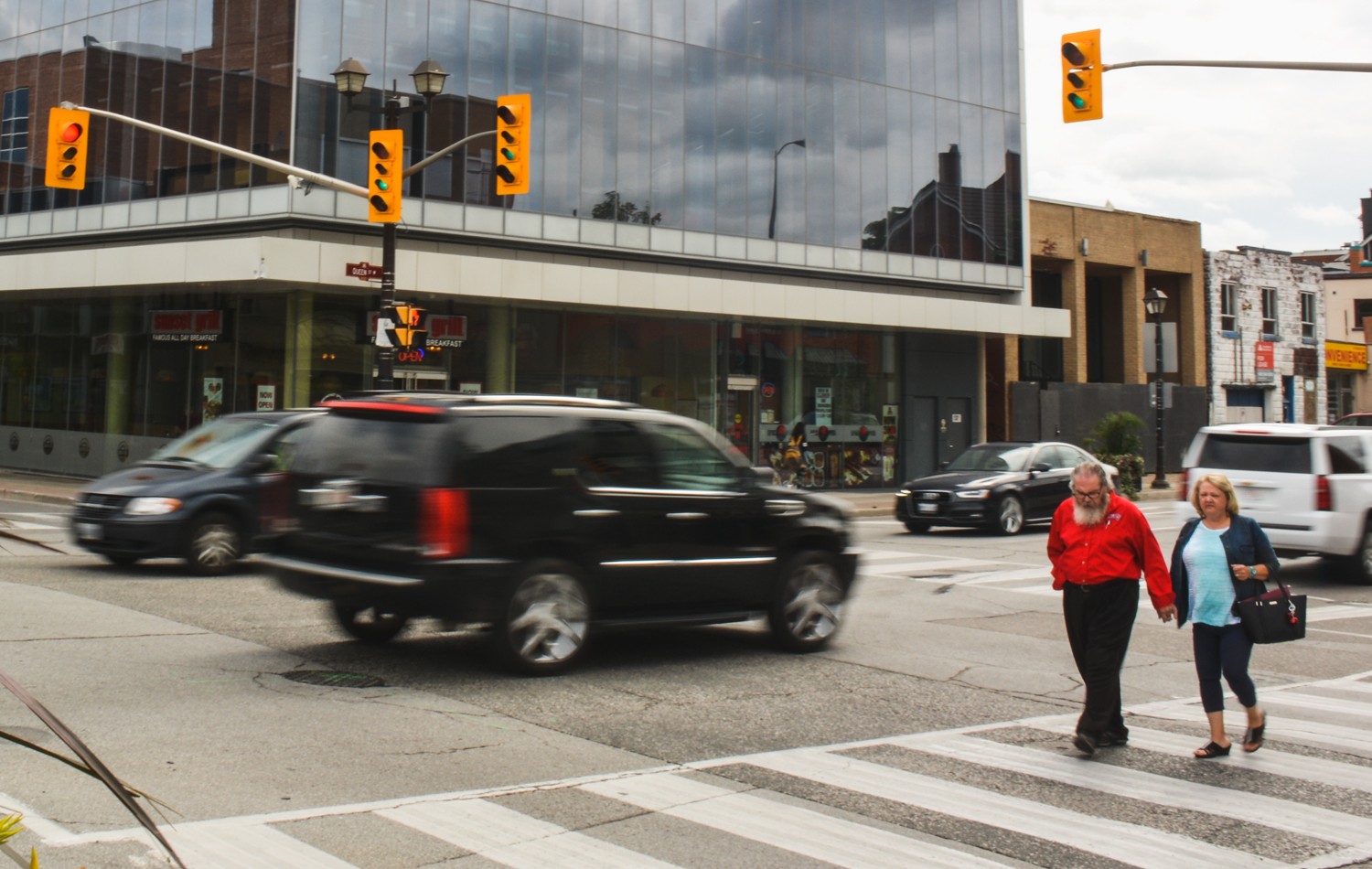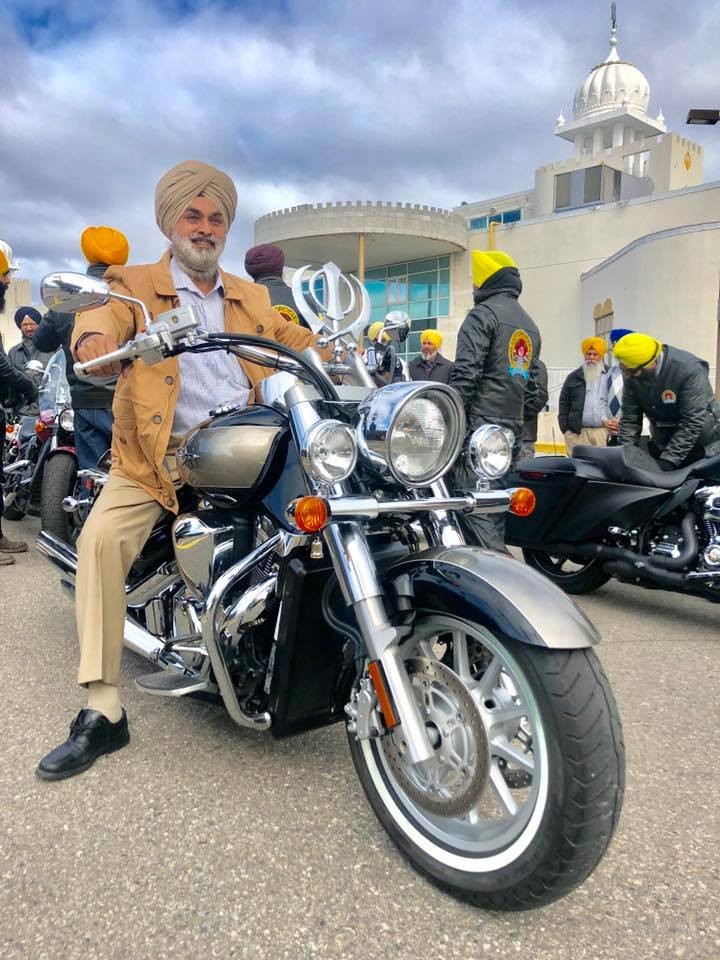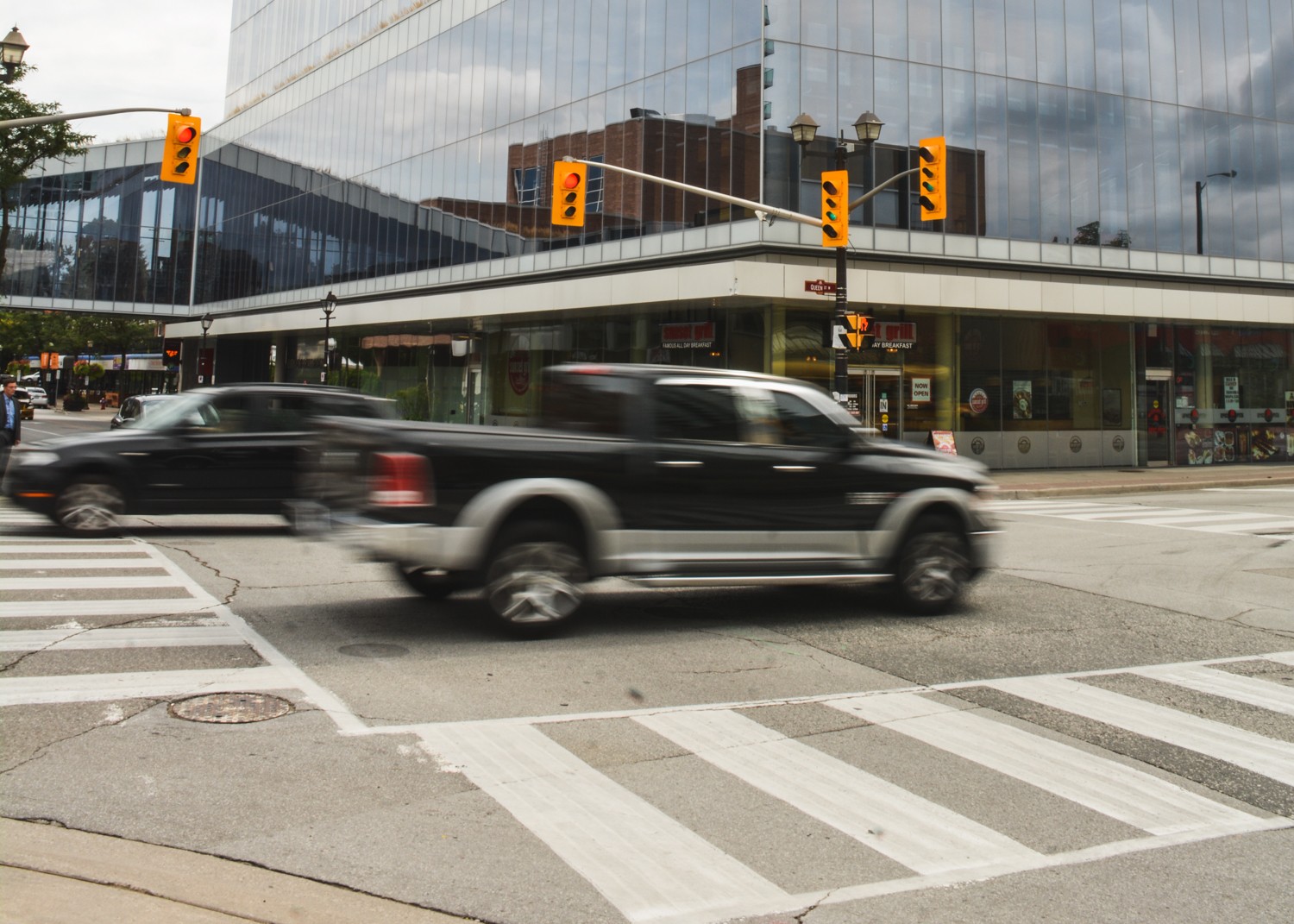
UPDATE: Two key pieces of provincial legislation affecting Brampton
Now that the municipal election is over and Brampton has a new mayor in Patrick Brown, not to mention four new and more diverse faces on council, residents may be breathlessly awaiting news out of city hall.
However, other than a handful of committee meetings in November, there will be no major city business done for more than a month. The first meeting with the newly reconstituted council will take place Dec. 3. Meanwhile, Bramptonians will have to look elsewhere to learn what is in store for the city.
MPPs from opposite sides of the aisle are leading the charge on two key pieces of legislation that could affect residents of the city.
Spurred on by lobbying from the Sikh Motorcycle Club of Ontario, Prabmeet Sarkaria (Brampton South) tabled a bill on Oct. 3—with club members present—that would exempt turban-wearing Sikh motorcyclists from the helmet requirement. The wording is concise. It seeks to change the language to revise the words “no person shall” in subsection 104 (1) of the Highway Traffic Act, which currently states: “No person shall ride on, drive or operate a power-assisted bicycle on a highway unless the person is wearing a helmet.”

The bill would apply an exemption to anyone who “is a member of the Sikh religion, has unshorn hair, habitually wears a turban composed of five or more square meters of cloth.”
The Sikh religion obliges strict adherents not to cut their hair, leading many—most commonly men, but often women as well—to adopt adornments such as turbans as an essential article of faith. Not all practising Sikhs wear turbans, hence the the bill’s specific inclusion of unshorn hair and wearing of the turban, which makes it difficult to wear a helmet.
The exemption isn’t a new concept. Other jurisdictions—including British Columbia, Manitoba and Alberta—have passed similar amendments to laws and have been allowing Sikhs to go helmet-free on their motorcycles for years now. The United Kingdom has had such an exemption on its books as far back as 1976.
Premier Doug Ford had committed to ensuring an exemption as a post-election promise. PC MPP Sarkaria, who wears a turban himself, has led the charge to promote the bill.
When he first tabled it, Sarkaria spoke few words on the subject, simply stating the aim of the bill and that it would bring Ontario’s helmet laws in line with those in other provinces and the UK. But during the bill’s second reading two weeks later, the discussion became more animated. Sarkaria delivered an impassioned speech about the significance of Sikhism’s most visible article of faith.
“This bill aims to respect members of the Sikh faith and their right to religious expression and freedom,” he began. “The turban is not only a religious symbol but an article of faith. While items like jewellery may be optional, the turban is mandatory and cannot be removed. Symbols are simply representations of real objects; the turban has a religious significance, but it is much more than just a symbol. The identity of a Sikh is reflected in the wearing of a turban. The turban is not like a hat, in that it cannot be put on and taken off; it is carefully tied every single day in the morning and it is worn at all times, indoors and outdoors, by observant Sikhs.”
Across the aisle, MPP Gurratan Singh (Brampton East), a member of the NDP who is also a turban-wearing Sikh, joined Sarkaria in support of the bill. “This accommodation gives a signal to the Sikh community that we don’t just accept your differences, that we don’t just tolerate you. To tolerate or to accept is a poverty of ambition … By allowing this accommodation of the turban, we do exactly that. We signal to an entire community that your diversities don’t weaken us, they strengthen us, that they are welcomed and they are celebrated,” Singh said.
While there may have been cross-party consensus on the issue in the legislature, opponents of the bill say it sacrifices public safety in favour of religious freedom.
“This bill aims to respect members of the Sikh faith and their right to religious expression and freedom.”
Brampton MPP Prabmeet Sarkaria
Detractors have also pointed out that the bill may be unnecessary. Sikh members of the Canadian Armed Forces often come up with solutions that allow them to wear their Kevlar helmets and turbans at the same time. They will either wear the smaller patka—an adornment similar to a turban, where the hair and cloth are both tied in a ball on the top of the head—or a more compact version of the turban.
Famed Indian Air Force pilot Mohinder Singh Pujji, who fought in the Battle of Britain, wore a helmet over his unshorn hair as he flew missions over the English Channel. It is not clear if he wore it over his turban or simply took the cloth off when flying his Hurricane fighter aircraft.
Questions hang over the bill as it is slated to enter the Standing Committee for further consideration.
Gurratan Singh has his own bill in the legislature. Bill 44, titled the Ending Automobile Insurance Discrimination in the Greater Toronto Area Act, is intended to prevent automobile insurers from basing insurance rates on specific postal codes within the GTA—a system that disadvantages Brampton residents over some others.

“The purpose of this bill is to ensure that residents in the Greater Toronto Area are paying auto insurance rates based on their driving record and not based on where they live,” Singh said during first reading. “It does this by considering the Greater Toronto Area as a single geographic region with respect to auto insurance. This bill will make it illegal for any auto insurance company to charge different rates based on where a person lives—be it their neighbourhood, city or postal code.”
According to online insurance broker Kanetix.ca, Brampton ranked as the most expensive municipality in the GTA to insure a car in its comparisons for a 35-year-old driver with a clean driving record.
On average, Ontarians in the same age group pay about $1316 per year. Bramptonians, however, are paying 2,268 per year, nearly twice the provincial average. The discrepancy is just as glaring if one looks at Brampton's neighbours. Mississaugans pay 1,788 per year as a city-wide average, and Torontonians pay about $1743 per year.
The bill is expected to go through second reading in the near future.
Submit a correction about this story


